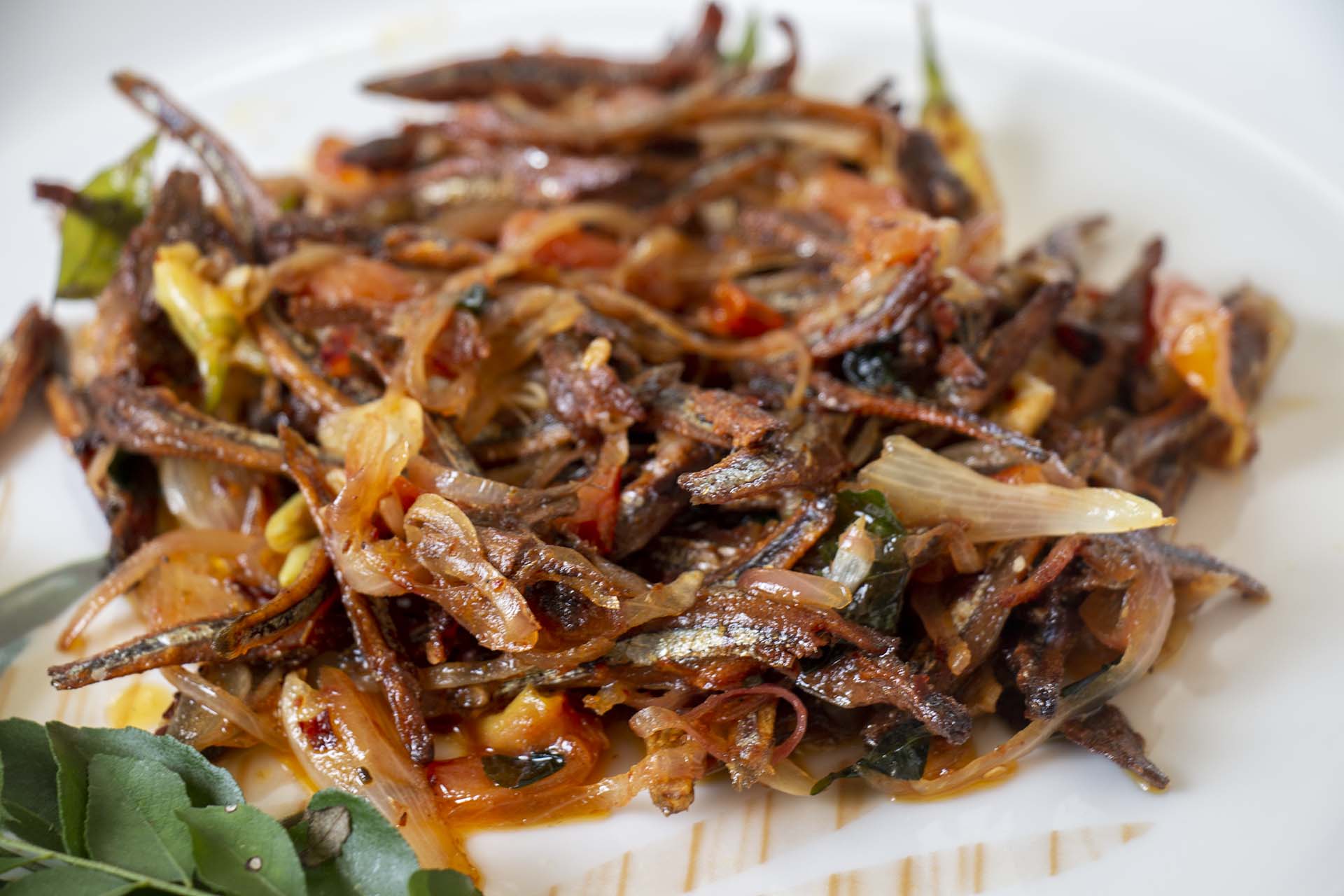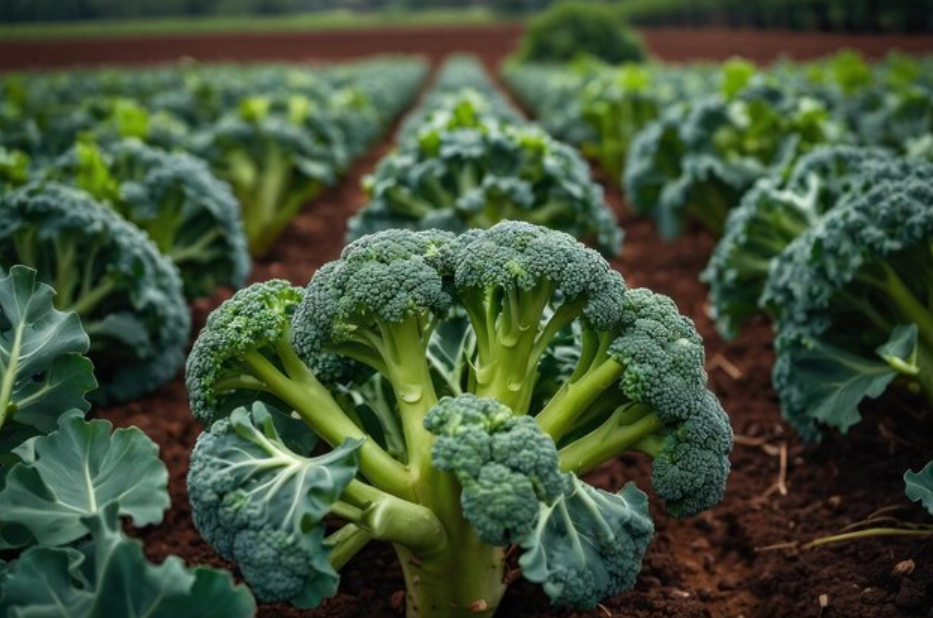Sukuma wiki (kale) farming has become one of the most profitable ventures in Kenya. This nutritious green vegetable is easy to grow and yields significant profits in a short amount of time.
Whether you’re a smallholder or a commercial farmer, sukuma wiki farming offers a reliable source of income.
This guide will take you through the essential steps, from choosing the right variety to harvesting and marketing, so you can start growing this profitable vegetable successfully.

Understanding Sukuma Wiki Farming in Kenya
Sukuma wiki is a popular vegetable in Kenya, known for its versatility in cooking and high nutritional value. It’s a staple in many households, making its farming a lucrative business.
Sukuma wiki grows well in various climatic conditions, provided you meet its basic ecological and soil requirements. Here’s a comprehensive look at how to grow sukuma wiki successfully in Kenya.
Varieties of Sukuma Wiki Grown in Kenya
Different varieties of sukuma wiki thrive in Kenya’s diverse climates. Some of the popular varieties include:
- Mfalme F1: A hybrid variety known for high yields and resistance to diseases.
- Thousand Headed: This variety produces many leaves, making it a good choice for large-scale farming.
- Collards Southern Georgia: Known for its hardiness and large, tender leaves.
- Sukuma Siku Hybrid: A fast-growing variety with good resistance to pests and diseases.
- Marrow Stem: This variety is well-suited to both small and commercial scale farming due to its adaptability.
Choosing the right variety depends on the local climate and soil conditions, as well as the desired market.
Ecological Requirements for Growing Sukuma Wiki
To achieve a high yield, sukuma wiki requires specific ecological conditions. These include:
- Rainfall: Sukuma wiki thrives with well-distributed rainfall ranging from 350 to 500 mm annually.
- Altitude: The ideal altitude for sukuma wiki farming is between 800m to 2200m above sea level.
- Temperature: A temperature range of 17°C to 22°C is ideal for optimal growth.
- Soil: Fertile, well-drained soil with a pH level between 5.5 and 7.0 is crucial for sukuma wiki cultivation.
- Sunlight: The crop needs direct sunlight for about 6 hours a day to grow efficiently.
When these conditions are met, sukuma wiki can flourish and yield substantial returns.
Land Preparation
Proper land preparation is key to successful sukuma wiki farming. Begin by clearing the land of any weeds and debris. Deep ploughing is recommended to help with root development and soil aeration. Well-prepared land ensures healthy plant growth and higher yields.
Planting Sukuma Wiki
There are two primary methods of planting sukuma wiki:
- Seedlings: First, raise seedlings in a nursery before transplanting them to the field. This method ensures a better survival rate and faster growth.
- Vegetative Cutting: Alternatively, sukuma wiki can be propagated through vegetative cutting, where young shoots are planted directly into the field.
Nursery Preparation
When raising seedlings in a nursery, ensure the following:
- The nursery should be 1 meter wide.
- Mix the soil with DAP (diammonium phosphate) and organic manure to enhance soil fertility and root development.
- Prepare drills at a depth of 2 cm, with spacing of about 15 cm apart. After sowing, lightly cover the seeds with soil.
- Germination usually occurs within 2 weeks. Once the seeds germinate, top-dress the seedlings with CAN (Calcium Ammonium Nitrate). A teaspoon per hole is sufficient.
Transplanting Sukuma Wiki
Transplanting should take place after 4-6 weeks when the seedlings have developed strong roots (usually around 4 roots). It is advisable to transplant early in the morning when temperatures are cooler, reducing stress on the plants.
Mulching
Mulching is highly recommended in sukuma wiki farming. It helps in multiple ways, including:
- Preventing soil erosion
- Retaining soil moisture
- Suppressing weed growth
Mulching also helps keep the soil temperature stable, which is beneficial for plant growth.
Harvesting Sukuma Wiki
Sukuma wiki is typically ready for harvesting about 8 weeks after planting. Harvesting is done manually by hand-picking the leaves. One of the advantages of sukuma wiki farming is that you can harvest every week for up to 5 months, ensuring a continuous supply of fresh produce.
Market for Sukuma Wiki in Kenya
Sukuma wiki is in high demand in Kenya. It’s a common feature in Kenyan homes and markets due to its affordability and nutritional benefits.
Farmers can sell their sukuma wiki directly to consumers in local markets or supply it to groceries, supermarkets, and institutions like schools, hospitals, restaurants, and hotels. Due to the vegetable’s wide consumption, there’s always a ready market.








































